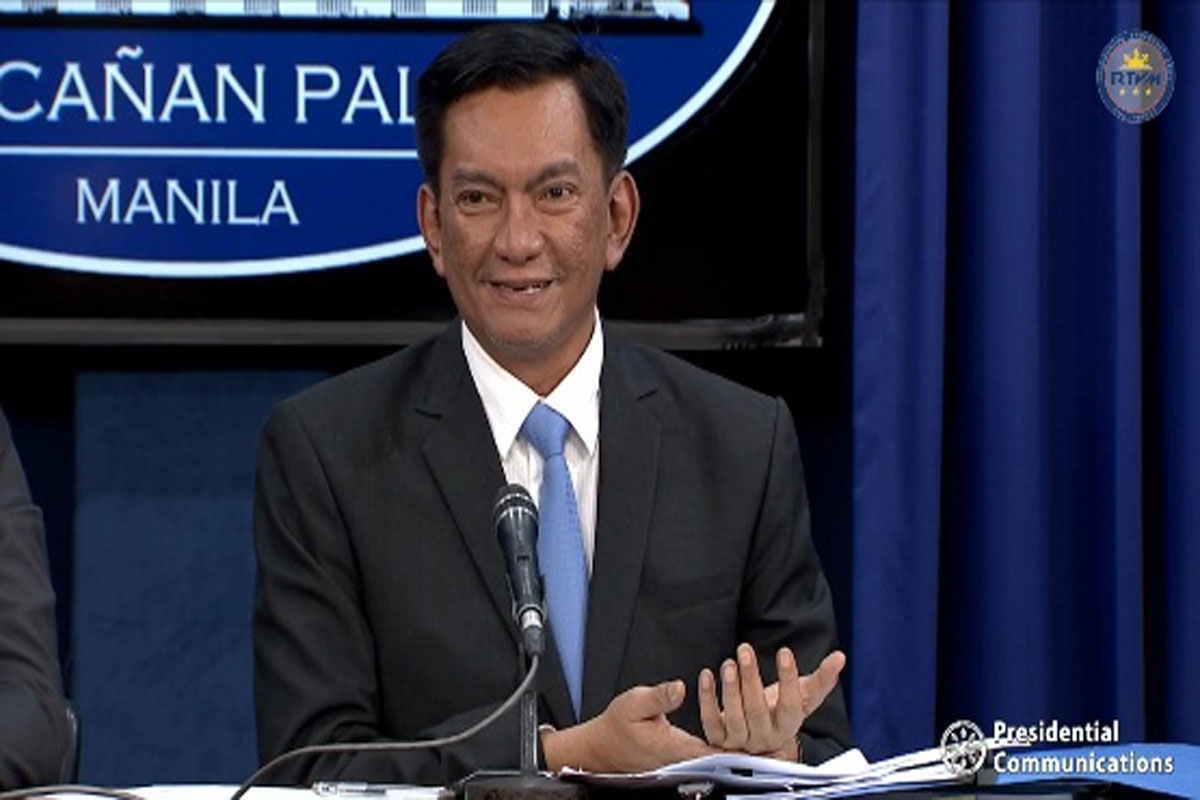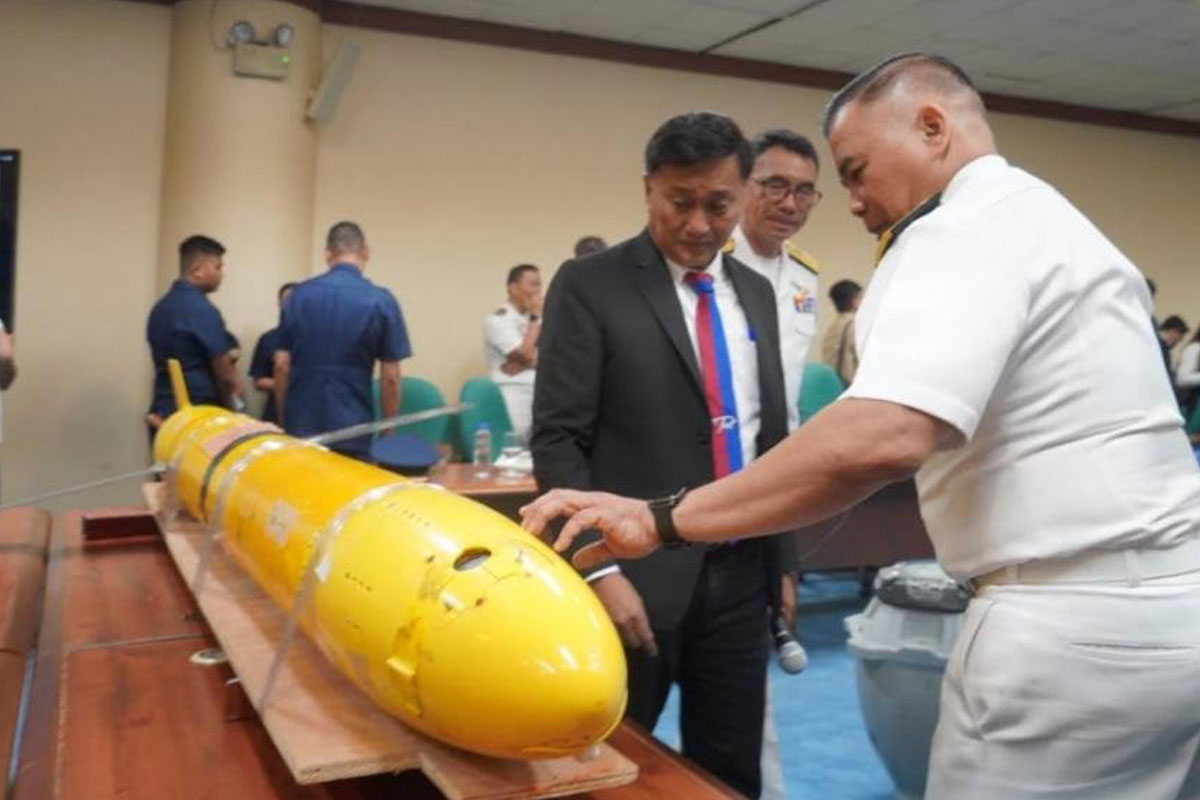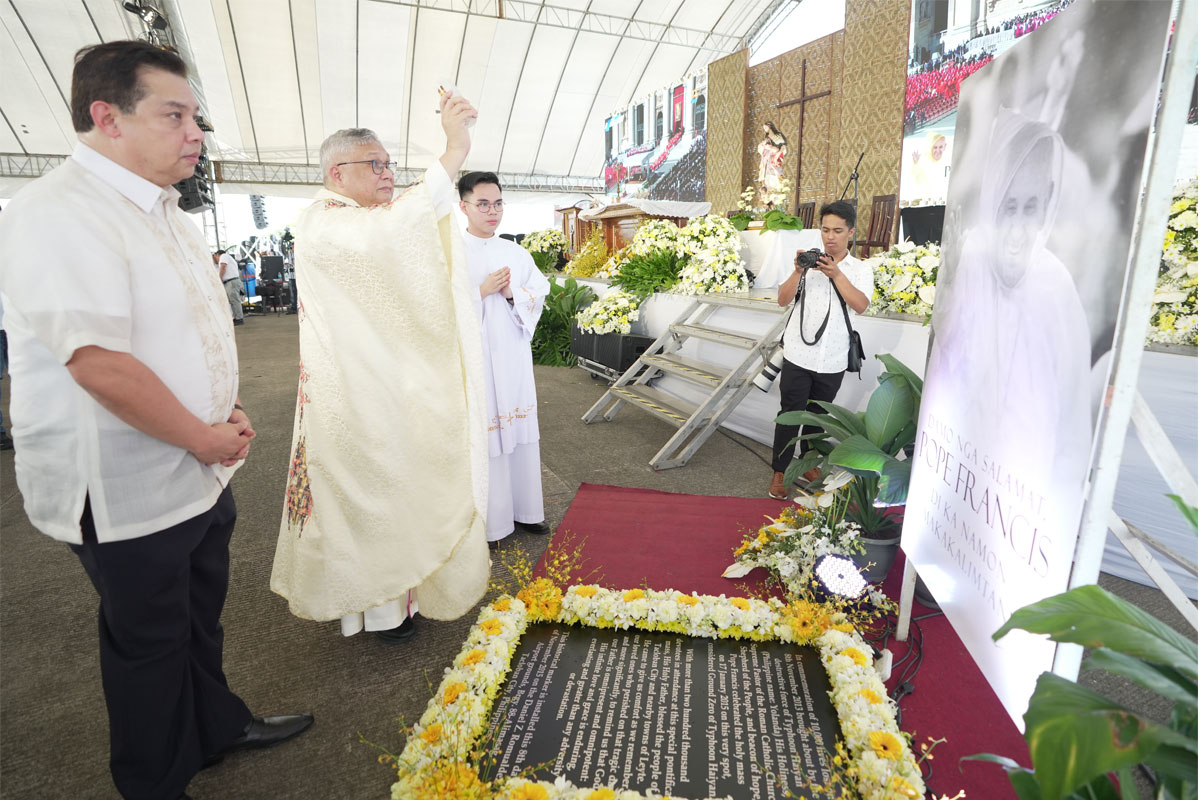
Hunger in NCR worsens — SWS
A veteran solon underscored the need to have both “immediate and long-term solutions” to increase rice supply which is needed to address hunger in non-rice producing communities in the Philippines particularly the National Capital Region (NCR).
The self-reported hunger in NCR increased from 10.7 percent in March to 15.7 percent in June 2023, according to the Social Weather Stations (SWS).
Albay Rep. Joey Salceda made the statement as the Department of Agriculture warned that imported rice is set to become more expensive than retail prices in the coming weeks.
Salceda said about 700,000 people more who were hungry because NCR is very sensitive to higher import prices and they do not produce any rice.”
During the briefing of the DA to the House committee on food and agriculture on the issue of hunger, Salceda called on the DA to provide “immediate and long-term solutions” to the country’s rice supply.
Salceda also asked DA Undersecretary Leocadio Sebastian whether he considers “a 12 percent rice supply deficit as food security” to which Sebastian responded in the negative.
In response to Salceda’s call, the DA said that they are pushing for a “shift in focus of planting season from the wet season to the dry season” which starts in November.
Salceda added that this might require “more irrigation facilities as just around 8% of our total land area, out of 18% arable land is actually irrigated.”
He also suggested that, “since the six-year period for the mandatory review of the Rice Tariffication Law takes place next year, we may need to review the programs under the Rice Competitiveness Enhancement Fund (RCEF).”
Salceda said that “the review is timely,” as Sebastian said that boosting farmer incomes through higher farmgate prices could also incentivize farmers to make the right investments in fertilizers, seeds, machinery and other factors.
The solon then vowed to push for the conduct of the review of RCEF programs by the Congressional Oversight Committee on Agricultural and Fisheries Modernization (COCAFM) earlier “since there are obviously areas where we allocated more, such as machinery, but can be adjusted already given emerging needs.”



























